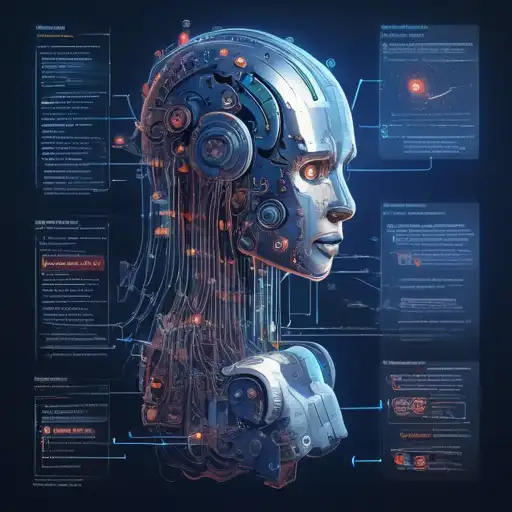Introduction to Machine Learning Algorithms
Machine learning algorithms are the backbone of artificial intelligence, enabling computers to learn from data and make decisions with minimal human intervention. For beginners, understanding these algorithms can seem daunting, but this guide aims to simplify the concepts and provide a solid foundation.
What Are Machine Learning Algorithms?
At their core, machine learning algorithms are mathematical models that allow computers to learn patterns from data. These algorithms can be broadly classified into three categories: supervised learning, unsupervised learning, and reinforcement learning.
Supervised Learning Algorithms
Supervised learning algorithms learn from labeled training data, making predictions or decisions based on input-output pairs. Examples include:
- Linear Regression
- Logistic Regression
- Support Vector Machines (SVM)
- Decision Trees
These algorithms are widely used in applications like spam detection and image recognition.
Unsupervised Learning Algorithms
Unsupervised learning algorithms, on the other hand, work with unlabeled data. They try to find hidden patterns or intrinsic structures in the input data. Common examples include:
- K-Means Clustering
- Principal Component Analysis (PCA)
- Association Rules
These algorithms are essential for market basket analysis and customer segmentation.
Reinforcement Learning Algorithms
Reinforcement learning algorithms learn by interacting with an environment, using feedback from their own actions and experiences. Notable examples include:
- Q-Learning
- Deep Q Network (DQN)
These algorithms power advancements in robotics and game playing AI.
Choosing the Right Algorithm
Selecting the appropriate machine learning algorithm depends on the problem at hand, the nature of the data, and the desired outcome. Beginners should start with simpler algorithms like linear regression or k-means clustering before moving on to more complex models.
Practical Tips for Beginners
Here are some tips to get started with machine learning algorithms:
- Understand the basics of statistics and probability.
- Practice with real-world datasets.
- Use libraries like scikit-learn to implement algorithms.
- Join online communities for support and learning.
For more in-depth learning, consider exploring resources on data science and artificial intelligence.
Conclusion
Machine learning algorithms are a fascinating area of study with vast applications across industries. By starting with the basics and gradually tackling more complex concepts, beginners can build a strong understanding and contribute to the field of AI. Remember, the journey of learning machine learning is a marathon, not a sprint.
